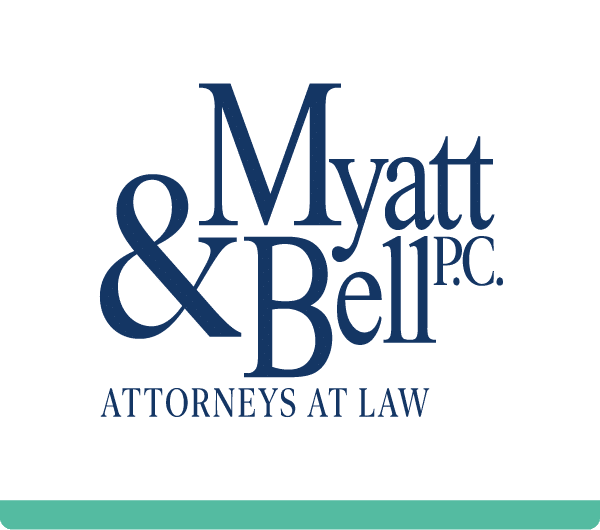Because we are living longer, paying for long-term care is a real concern for many of us. However, Medicare, our default medical insurance for individuals over age 65, does not pay for long-term care. This means that we have to plan to pay for long-term care.
Oregon Medicaid calculates the average private pay rate for community-based care at $8,784 per month. This is up from about $6,800 only a few years ago. If we are not able to pay these private pay rates, then Medicaid (not Medicare) is the government insurance program that we need. Qualifying for Medicaid, however, is complicated and often requires that we “spend-down” all or almost all of our available resources. Understanding what assets are counted as available and planning ahead can help you qualify for Medicaid sooner while saving more of your assets for your healthy spouse, children, or beneficiaries.
For example, while you live in your home, the value of your primary residence is not counted toward the Medicaid asset limit, but most of your other significant assets will count. Because there are these exemptions, it is important to find out and not assume that you are disqualified. Furthermore, there are specific rules that address couples so that a healthy spouse is not required to completely spend down their assets to qualify their ill loved one for Medicaid. Nevertheless, the exemption amounts are not very high here either, starting at $25,284 and maxing out at $126,420.
While Medicaid will pay for the bare necessities of support, often it will not pay for certain medical items that it deems, for various reasons, unnecessary. What this means is there is an important planning opportunity for couples and even individuals who would like to ensure that, should they ever needed Medicaid, they might be able to supplement their Medicaid care. The key to this planning, like many things, is to start early! Many of our clients do not address these matters until they get down to $100,000 of saving or less. While we can do a lot to help with the remaining spend down and qualification decisions, it is a costly decision not looking into options sooner.
We often provide immediate short-term planning for Medicaid qualification, but the best planning we do is for those that spot the issue early. An ideal Medicaid plan should start about 5 or 6 years in advance of the need. For many, this means taking a look under the estate planning “hood” when they have between $300,000 to $700,000 in savings and are still in good health.





